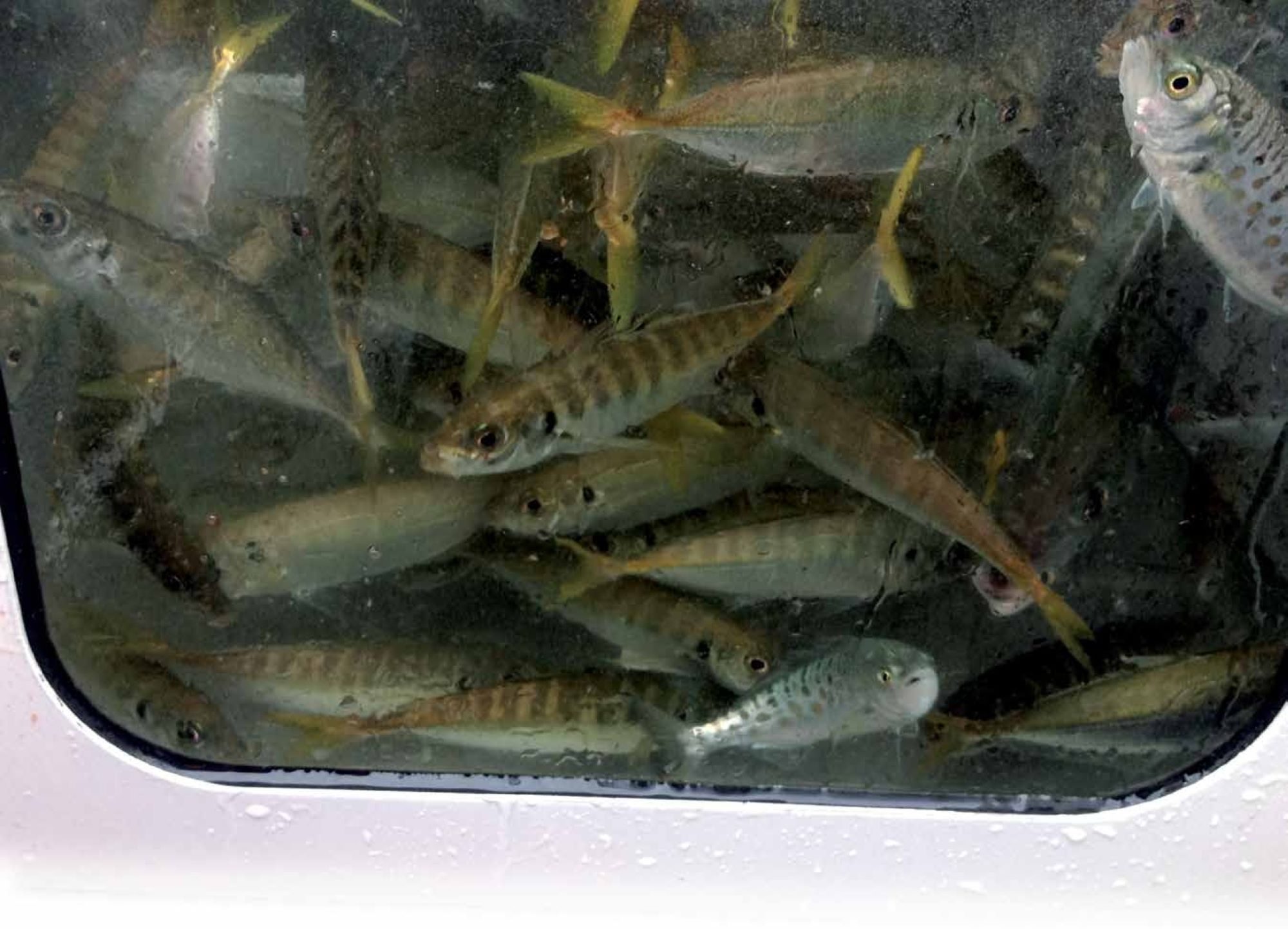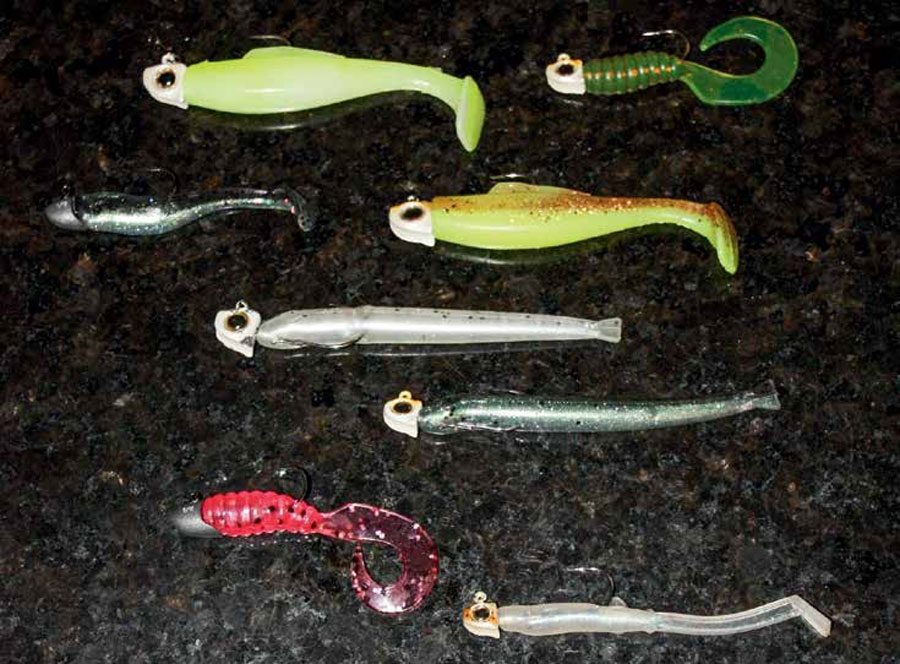

Part 1of 2
The day I chose to go smaller with my soft-baits turned out to be a turning point in my fishing life.
Not only did I catch more fish, I hugely enjoyed myself and ended the day with more than enough gleaming fish for my kai moana needs. And as I have discovered since, this happy result turned out to be par for the course.
So why did I choose to experiment with smaller soft-baits?. Well, firstly I’d seen Facebook posts showing some surprisingly large snapper caught using 2.5cm soft-baits. This meshed nicely with my own observations when fishing micro-jigs: predators of all sizes find small, well-presented lures at times impossible to resist!
Secondly, I’d been disappointed in the average size of snapper in my local waters, possibly due to three years of La Niña conditions, which have only just lifted. So it made sense to downsize my tackle and make the most of these smaller ‘pannies’.
Thirdly, after nearly 20 years, standard soft-baiting had become a little ho-hum. I was after a bit more of a challenge so using lighter gear appealed.
My fishing success using this technique has blown me away. In addition to getting more bites and hook-ups, which I fully expected, I’m catching a wider variety of species than ever before – good-sized trevally especially – and my diminutive offerings have also drawn savage bites from surprisingly large, wily old campaigners in hard-fished areas.
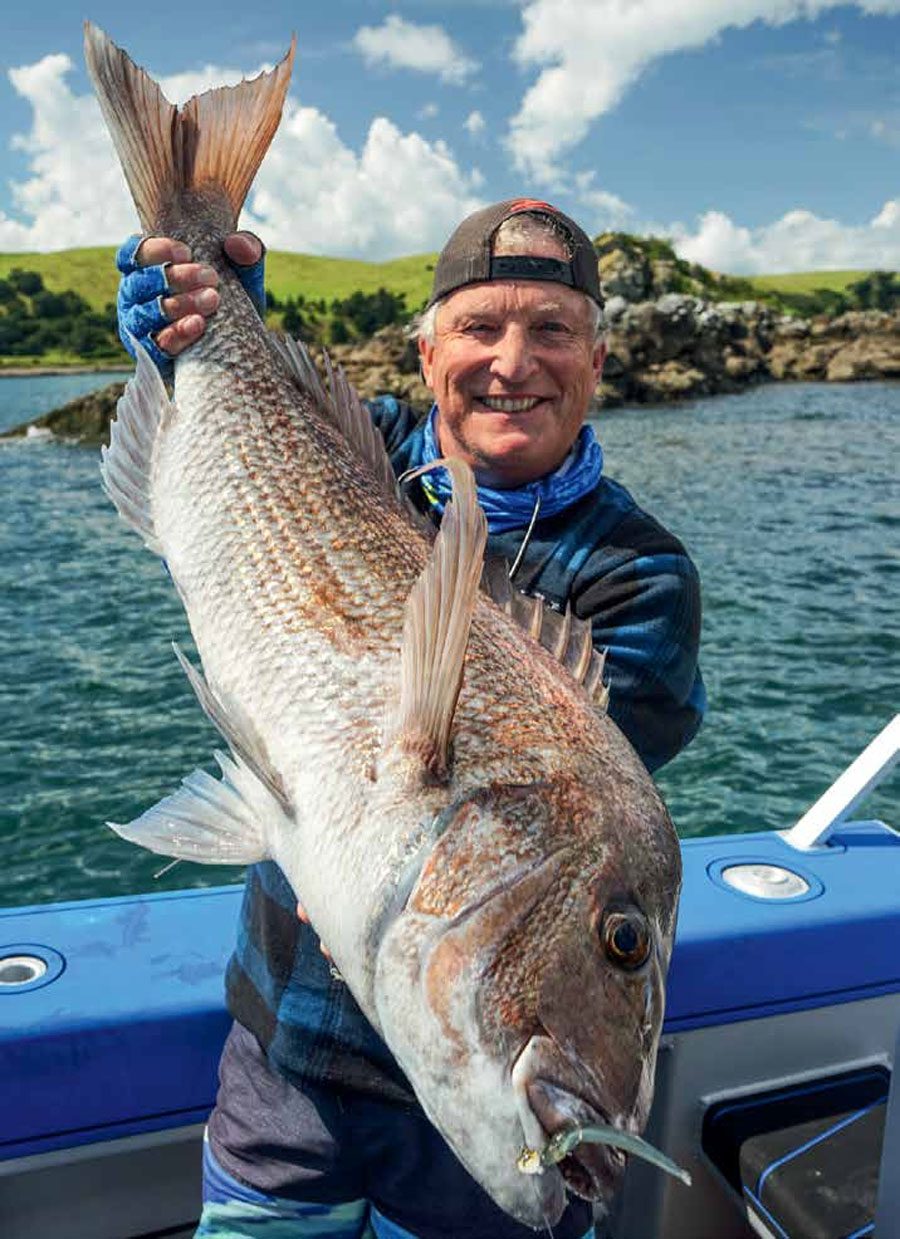
GEARING DOWN
The key to this success hinges on selecting a balanced outfit with well-matched components: soft-bait rod, mainline, leader and the soft-bait/jig-head combination.
THE ROD
The rod should be at least seven-feet (2.13m) long, but 7’6”-8’6” (2.3–2.6m) is even better, allowing longer casts, improved line control and better hook-sets. Also, rods of this length can effectively combine sensitivity and lifting power. Line weights should be 3-5kg, and casting weights from 1/8oz to around 3/8 or 1/2oz (3.5–14g).
THE REEL
A 2500-size reel does the job nicely. It holds more 3-5kg braid than anglers will ever need and it will be performing well within its capabilities, so the reel will last longer than an even smaller model would. (My own little Daiwa Certate 2500 has taken a thrashing since my ‘conversion’.)
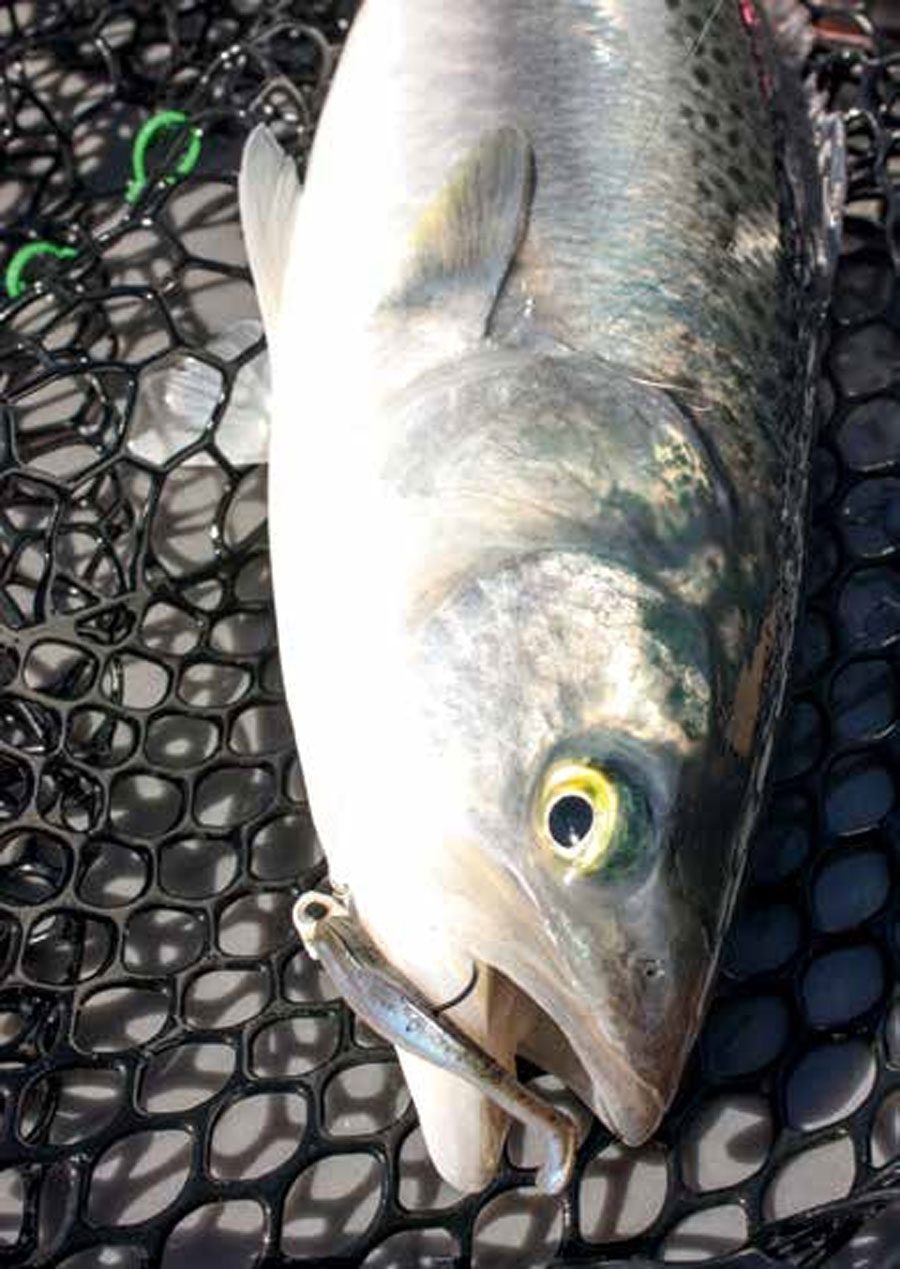
THE LINE
There is no substitute for super-fine diameter line that enable long casts with very lightly-weighted soft-baits. Fine diameter line cuts through wind and current more effectively. Exactly how thin the braid should be depends on the angler’s skills and how well they can see the line while fishing. Seeing the braided line is especially important, since its behaviour cannot be monitored if it can’t be seen properly, which prevents anglers from responding appropriately to any, slackening, tightening or line movement of any sort. Brightly-coloured braid helps with visibility – chartreuse is a good option.
I also recommend shelling out the extra cash for line constructed with at least eight carriers; generally speaking, the more carriers, the rounder the braid’s profile and the better it performs.
As with any fishing style, ensure that the reel has been spooled properly. The line level should come to within 2-3mm of the spool lip; fill it too full and line can fly off in a tangled clump (especially since the braid may not be wound back onto the spool very tightly due to the jig-heads’ being very light); not full enough and the added friction of the line dragging up and over the spool will dramatically reduce casting distances.
Squeeze the line on the spool: if it feels spongy, it has not been wound on with sufficient tension. Danger, danger!
THE TRACE
Some ‘micro-baiting’ purists will go as low as 8-10lb (3.5-4.5kg) trace, but such line weights are not very forgiving, so most opt for 12lb (5.5kg), with 15lb (7kg) also a realistic option if the area is shallow and reefy.
When choosing trace, it pays to keep in mind that the thinner the trace, the faster the lure will sink and the more natural its presentation will be.
Whatever the trace weight chosen, it should be fluorocarbon because it’s harder to see underwater and more abrasion resistant than nylon.
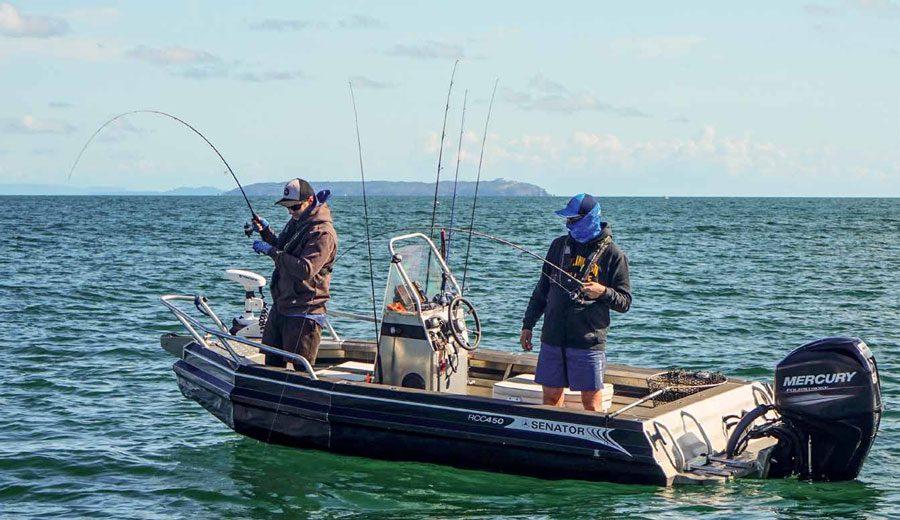
THE JIG-HEAD
Typically the jig-heads required for micro-soft baiting weigh between 1/8 and 3/8 of an ounce (3.5–10.5g), with the fishing depth determining the best weight to use. Light braid and thin traces allows these light jig-heads to get down surprisingly deep (as much as 15-20 metres), provided the angler understands the importance of identifying suitable casting angles for the conditions.(More on this subject in the second part of this series.)
Hook size is also important. Obviously, overall size needs to be in keeping with the soft-baits you are using and hooks must be strong enough to handle the reel drag pressure you are using. Hooks around size 1/0 do the job well, but wide variations in gauge, metal quality and manufacturing standards result in vast differences in performance between hooks. The thinner the gauge, the easier the hook is to set on light tackle, but light gauge hooks, even from high quality brands, tend to be less strong than hooks made from thicker gauge wire.
There are also plenty of differences between jig-head hooks in how the soft-bait tail is secured: everything from moulded barbs and ribs to wire prongs. The ribbed jig-heads work best with dense soft-baits such as Gulp, while jig-heads sporting prongs, barbs and bigger ribs work better with stretchy soft plastic baits from brands such as Bait Junky and Z-Man.
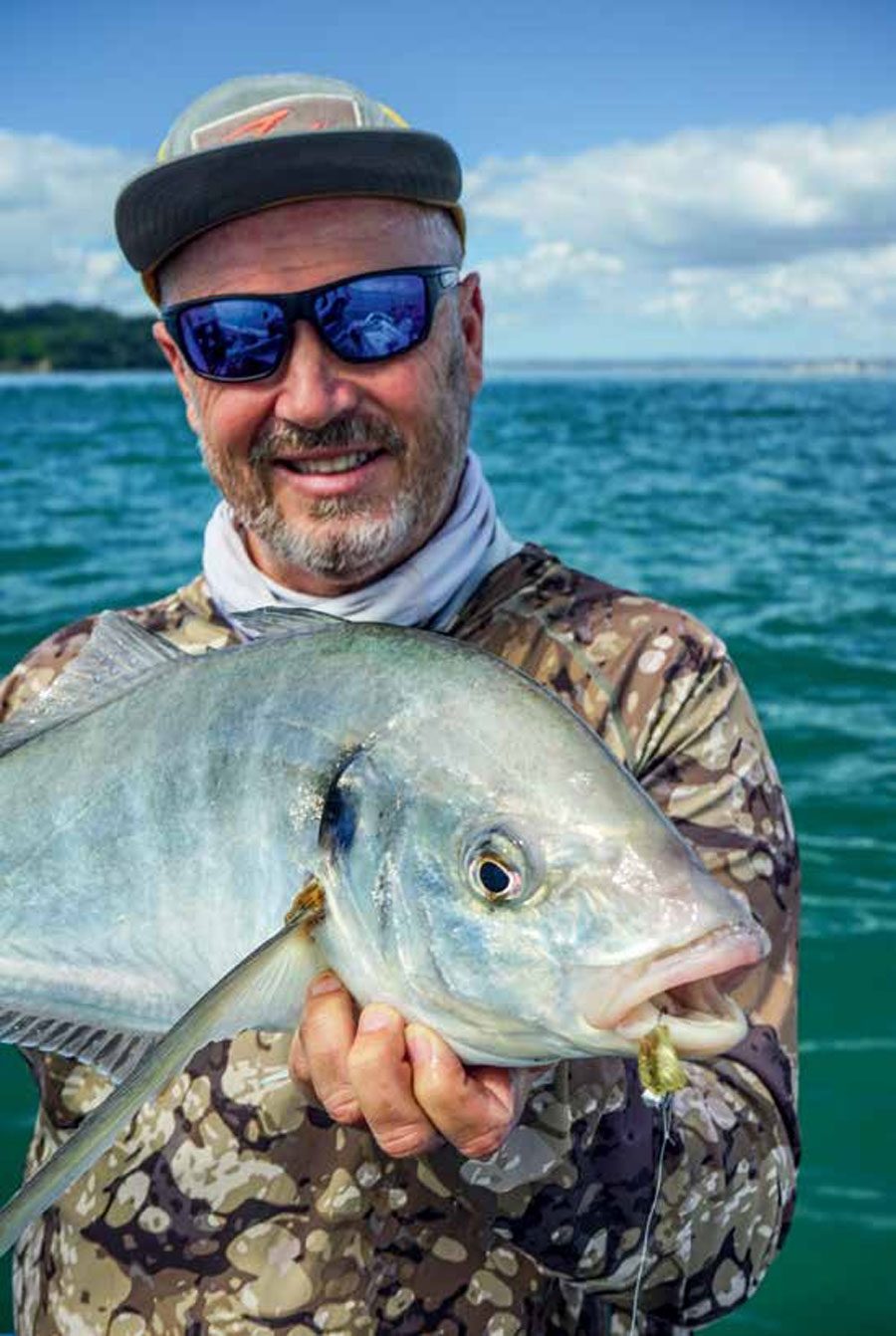
MICRO SOFT-BAITS
The choice of soft-baits has never been more impressive, but for this style of fishing the options are obviously restricted to baits measuring 2.5-4cm.
Gulp products are relatively dense, so they sink more quickly than most other brands – a property that can be handy when using very light jig-heads; baits get down deep more quickly, which also helps to avoid hooking kahawai in mid-water ‘on the sink’. Avoiding them can be tricky when they are particularly numerous and active.
Gulp products also have an unbeatable scent that continues to attract bites long after other products have lost their mojo. However, Gulps are relatively fragile and also tend to lie on the bottom when not actively fished, rendering them less visible.
Z-Man and Bait Junky products are more buoyant, flexible and durable. They sink more slowly, giving fish more time to detect and respond to them during their descent, and their composition results in more attractive movements when moving through the water on the fall, or in the current as they are bumped along the bottom. Their natural buoyancy helps them ‘stand up’ or lift off the bottom tail-first, so they are easier for fish to see.
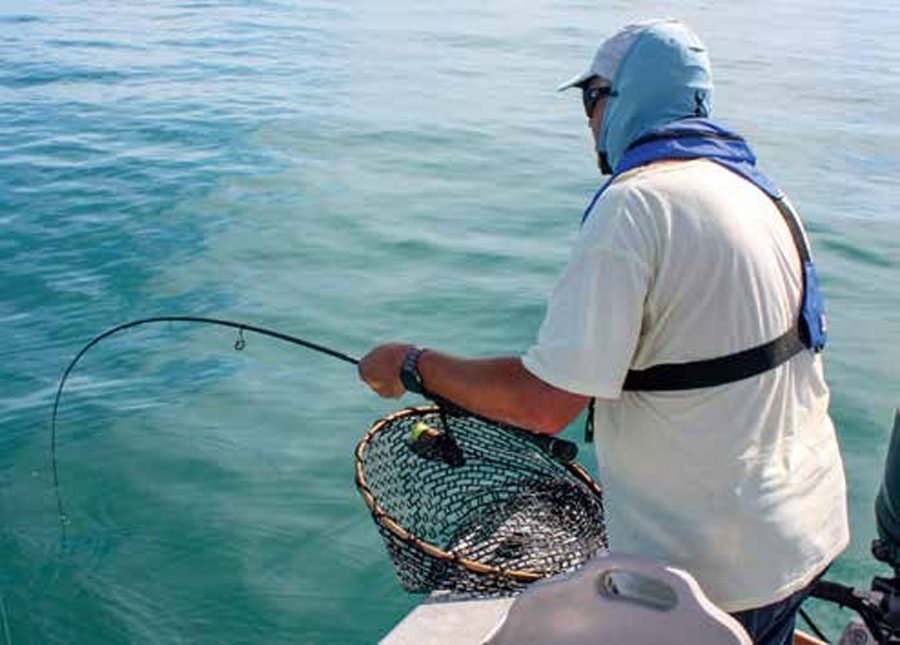
Good though they are, these tougher lures are not perfect. As well as not tasting as good (to fish) as Gulp – partially remedied by applying fish-flavoured additives such as Pro Cure or Secret Sauce – biting fish frequently rearrange such stretchy baits on the hook or drag them down to the bend of the hook.
Whatever your bait choice, I suggest more natural-coloured baitfish-type options if the water is reasonably clear, with brighter pink, yellow or orange colours for darker days, at dawn and dusk, or when the water is murky. BNZ



